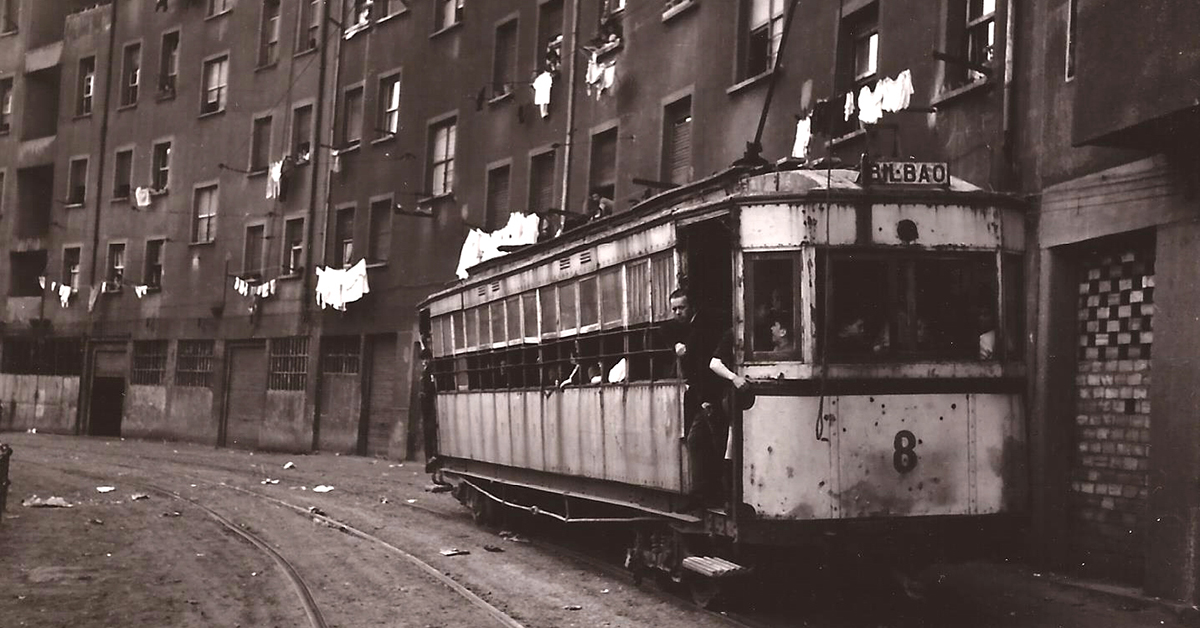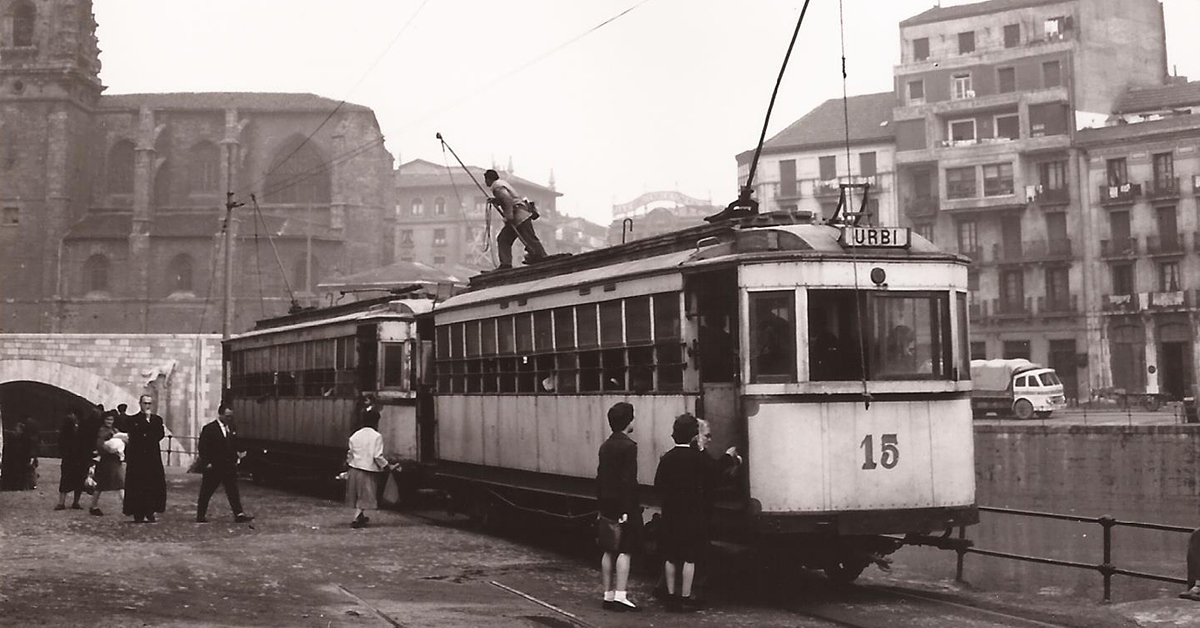Basque ethnography at a glance
In the previous post, also dedicated to the tram of Arratia [See The tram of Arratia: a journey from traditional life to modernity (1)], we focused on the diverse spaces which coexisted in our environment during the period of the industrial revolution in Bizkaia —whether traditional, modern or subject to major transformation— so as to give a brief account of some aspects of the social context and ways of life at that time. This allowed us to gain a better insight into the scenario and climate which prevailed inside the tram of Arratia and paint a brief portrait of it.
This time, though, we would like to devote our attention to the concept of time: namely, its social and particular perception among the inhabitants who occupied so very different spaces. It is known that we learn about our concept of time, in its specific forms, and that different socialization processes intervene, depending on the characteristics of each society. The current notions of day, week, month, year, early, late, new, and old acquire different meanings in different contexts which, in turn, lead to concrete and differentiated subjective social experiences.
At the beginning of the 20th century, in the rural world, time continued to be associated with natural events such as harvests, solstices and seasons, along with beliefs and rituals associated to them. Life on the farm did not have fixed schedules, and instead of counting the hours, folks would simply make use of the time which elapsed between dawn and dusk. The strong connection with nature established the rhythms and times and indicated the work to be done in fields, stables, mountains, as well as in the house. Days were longer or shorter depending on the hours of daylight, as established by the summer and winter solstices. All of that determined work and daily life. A notion of time which took root in past tradition.
The late modern society established other parameters and the need to measure and control time, considering it a resource, a valuable good to be managed, fundamentally linked to the concept of production. On the other hand, time and movement are closely related terms, and it is not surprising that the appearance of new means of transport would also have an impact on altering this perception. Saving time meant opening up new opportunities.
In fact, many local farmers of the time would not cease to feel as such, notwithstanding that they took jobs in the newly emerging companies which they could access via the tramway in order to obtain additional economic resources which would help them, among other things, to pay the rent for the farmhouse, as they did not generally own it. And there they will come into contact with the mentioned concept of time subjected to production patterns.
Loaded with locally grown fruits and vegetables, women, for their part, would travel by tram to fairs held in towns and villages along the route, and to the Ribera Market in Bilbao, a city in full effervescence, boasting shops which were supplied with numberless mass-produced utensils and other goods which could not be produced on the farm. A new time which looked into the future.
Conversely, other folks would commute from Bilbao to Arratia. Modernity brought with it the appearance of fashions and occupations associated to them, sport being a prime instance. Latterly formed groups of mountaineers from the city would jump on the tram and swarm to the slopes of Gorbeia Mountain. Bathing, be it at beaches, be it in spas, became another fashionable activity, and the renowned spa in Areatza would attract many visitors.
The latest means of transport undoubtedly increased people’s range of action, and with it their life experiences. The new times offered solutions, remedies and inventions of all kinds which heralded what was to come.
It is clear that the various meanings of the concept of time participate in the configuration of the varied visions of reality. In this regard, Zymunt Bauman is to this day recognized as one of the sociologists to have most brilliantly explored the idea of time in our society. A ‘liquid time’ which slips through our fingers and where nothing lasts.
Antzasti – Basque Traditional House
Translated by Jaione Bilbao – Ethnography Department – Labayru Fundazioa
Photographs: Courtesy of Juanjo Olaizola.




